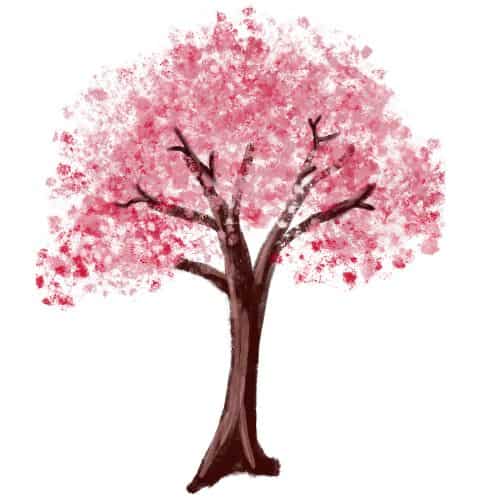Best Haiku Generator Ever :)
Want to See What Your Future Holds?
Click on the Magical Haiku Tree Now to Discover Wisdom!

Click on the Magical Haiku Tree Now to Discover Wisdom!

Discover and try out our full range of almost useful tools and stupid generators and have some laughs.
In the world of poetry, where words are woven into intricate tapestries of emotions, the haiku stands as a three-line wonder that captures the essence of a moment with grace and simplicity. These tiny, yet powerful verses have a history as rich and profound as the feelings they convey. Join us on a journey to explore the world of haiku, from its origins to some of the most famous examples.
The haiku finds its roots in Japan, dating back to the 17th century. Originally known as "hokku," it was the opening stanza of a collaborative linked-verse poem called "renga." Over time, poets began to appreciate the beauty of the hokku as a standalone form, leading to its evolution into the haiku.
The haiku follows a strict structure of just three lines, typically containing a total of 17 syllables, divided into a 5-7-5 pattern. This concise structure forces poets to distill their thoughts into the purest form of expression.
Haikus are often inspired by nature, capturing fleeting moments and the changing seasons. They paint vivid pictures with words, allowing readers to experience the beauty of cherry blossoms in spring, the tranquility of a pond, or the silence of falling snow.
Many great poets have left their mark on the world of haiku. Matsuo Bashō, often considered the greatest haiku poet, penned this famous gem:
"An old silent pond...
A frog jumps into the pond—
Splash! Silence again."
>
This haiku, titled "Frog Pond," exemplifies the simplicity and profound beauty of the form.
What sets haikus apart is their ability to evoke emotions and thoughts in just a few words. They invite readers to pause, reflect, and appreciate the subtleties of life. From the delicate petals of a flower to the glistening dew on a leaf, haikus reveal the extraordinary in the ordinary.
While rooted in tradition, haikus continue to evolve in the modern world. Contemporary poets experiment with themes beyond nature, exploring topics like love, technology, and social issues. This adaptability has kept the haiku form vibrant and relevant.
Inspired to try your hand at haiku? Start by observing the world around you. Capture a moment, an emotion, or a fleeting thought. Remember the 5-7-5 syllable structure, but don't let it stifle your creativity. The essence of haiku lies in its ability to transport readers to a specific moment in time.
Haikus may be small in stature, but they carry the weight of countless emotions and experiences. In just three lines and 17 syllables, they have the power to make us see, feel, and appreciate the world in a new light. So, the next time you pause to admire a blooming flower or watch a gentle rain, remember that a haiku may be waiting to capture that moment of wonder..







































